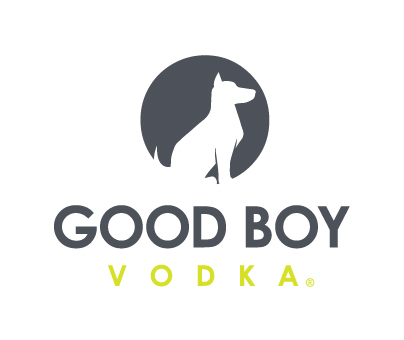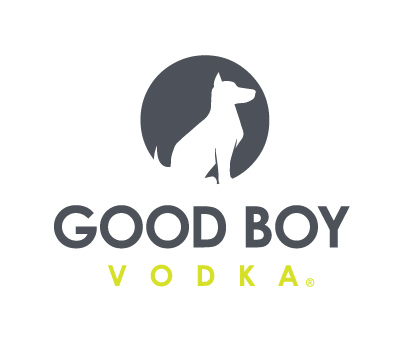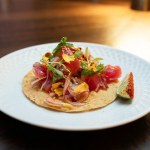Cannabis Forum Recap: A Growing Industry, Slow Regulations
The cannabis industry remains a complex one to navigate, even if some consumers view the plant as a gateway to a simpler state of mind. To help food and drink entrepreneurs better understand the industry and grow their businesses, experts presented data and insights Friday during BevNET’s third Cannabis Forum in Santa Monica.
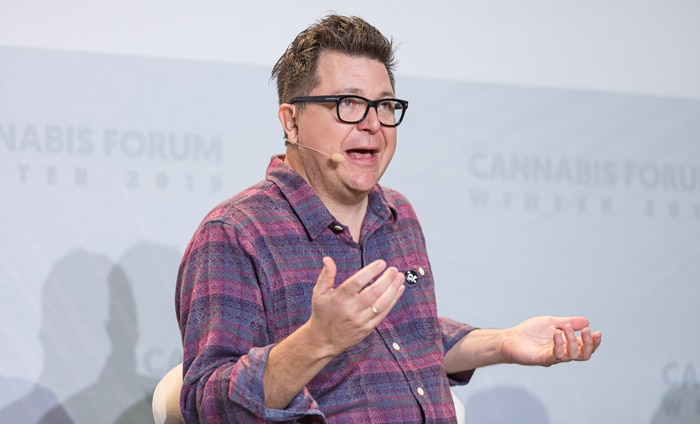
Ricardo Baca, founder and CEO of regulation-focused communications agency Grasslands, kicked off the event with a review of the state of the business. He noted that cannabis contains 120 terpenes, which provide scent and flavor and enhance medical efficacy — especially when combined with cannabinoids. This is often referred to as the “entourage effect,” which many brands believe delivers the most benefits. And although the market is dominated by just two cannabis strains, indica (physically sedating) and sativa (uplifting), along with hybrids of the two, there are hundreds more to explore, Baca said.
However, growth is dependent on policy. Currently, there are three allowable cannabis licenses: cultivation, manufacturing and retail.
Marijuana is legal in 11 states for adults 21 and over and in 33 states for medical use, with the passage of California’s recreational law in 2016 marking the nation’s “biggest moment in drug policy,” Baca said. Just last week, legal recreational marijuana sales began in Michigan, with sales starting in January in Illinois. Ballot initiatives for recreational marijuana legalization in Florida and Arizona are slated for the 2020 election.
“You can’t put the toothpaste back in the tube,” Baca said. “It’s only going to become increasingly more legal here and abroad over the next few decades.”
Although the Federal Reserve clarified banking policies for hemp-related businesses last week, the Secure And Fair Enforcement (SAFE) Banking Act to protect banks working with cannabis businesses has yet to pass through the Senate. Nevertheless, Baca said SAFE’s passage through the House of Representatives marked the first time such a bill passed through that legislative body.
“The fact that those votes happened on cannabis-specific bills alone is historic and monumental,” he said. “It shows there is movement.”
Nevertheless, large-scale research on cannabis’ effects is “devastatingly behind,” Baca added. Although 67% of Americans support legalization, less than 20% are regular cannabis consumers.
According to Baca, the low usage number represents an opportunity for cannabis entrepreneurs to reach canna-curious consumers. Cues from larger consumer packaged goods (CPG) brands, such as holiday-themed offerings, might help, he added. However, challenges still exist as different products offer varying effects, and cannabis beverages remains a “very complex market that a lot of people are trying to figure out.”
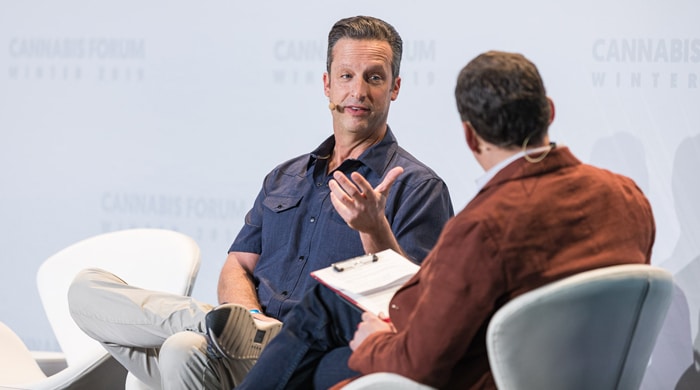
Chris Cuvelier, head of beverage at cultivation and manufacturing facility Caliva, is determined to figure out those consumers. The former CEO of acai juice and coconut water brand Zola said he saw an opportunity to partner to develop cannabis drinks.
Caliva acquired Zola in May. The company plans to extend its portfolio of flower and oils, developing a Caliva THC-infused beverage for California dispensaries and a CBD-infused beverage under both the Zola and Caliva brands, which will launch in early 2020.
Caliva currently operates 250 of the top 600 licensed California dispensaries.
Caliva opened its own beverage facility to maintain quality control over its THC beverages — and allow for future co-packing opportunities. For now, the focus is on capturing consumer attention through education. According to Cuvelier, 72% of consumers have heard of CBD, but there are still more details they need to learn.

Meanwhile, Cy Scott, CEO of cannabis intelligence firm Headset, said Gen Z, the age cohort born in the mid- to late-1990s, is likely to make up about 6% of cannabis market sales, as usage has been “relatively normalized in a regular market” during their lives.
Scott added that flower’s market share has declined from 77% in 2014, to 46% in 2018, as products such as edibles gain traction. Last year, edibles comprised 11% of the market.
Cannabis beverages have maintained market share in the last two years, but trends vary by state, with beverage sales higher in Washington and Colorado than in California. Additionally, although some beverages are marketed for a calming or relieving mood, others, like low-dose cannabis tonic brand CANN, focus on taste and an uplifting effect. Scott encouraged entrepreneurs to find whitespace — noting California has both the most growth and room for growth.
“Consumers are not that different; it just has to do with availability,” Scott said.

Luckily, once a brand is established and gains consumer trust, those customers tend to be very loyal, said Dr. John Oram, CEO and founder of cannabis brand NUG. The company –which produces oils, flower and packaged food products — opened two California-based retail outposts to extend the brand’s identity and engage with consumers.
About 60% of NUG “enthusiasts” are males who purchase flowers and pre-rolls, Oram said, noting that the cannabis consumer is “curious and discerning” — and the industry needs products, experiences and systems to reduce friction.
“They want a normalized experience,” Oram said.
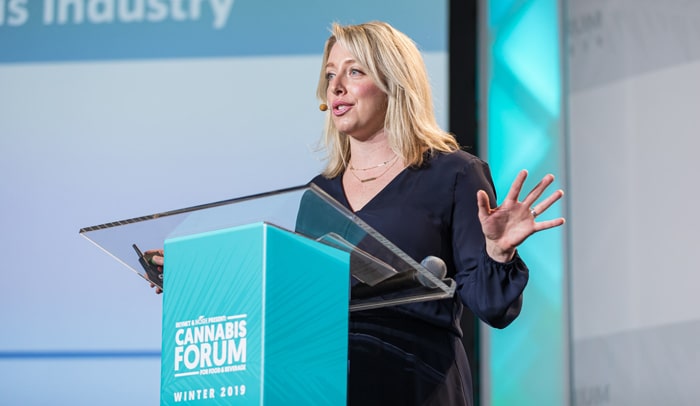
To help provide that, entrepreneurs should maintain their focus on safety when developing new products, Jill Ellsworth, founder and CEO of Willow Industries, Inc. said. According to Ellsworth, industry safety standards are too siloed by state, and murky guidelines are leading to mislabeled CBD products and contaminated hemp plants.
“Moving toward the adoption of safe standards is where we need a lot of help,” Ellsworth said. “The adoption is coming; change is happening. We move slow.”

As the industry grows, brands will guide consumers by creating legal, high-quality products, said Michael Blue, managing partner at Privateer Holdings, the world’s largest private equity (PE) firm in the cannabis industry. When Privateer Holdings began as a venture capital (VC) firm in 2010, there was little competition in the cannabis space. Despite a more crowded landscape, Blue said white space remains — and investors are hungry.
“Raising money today is certainly not as difficult as it was 10 years ago,” he said. “Investors are being incredibly diligent about digging into the numbers, values and models.”
Privateer has plans to grow its portfolio, having already invested in brands such as Tilray and Docklight Brands. Christian Groh, a partner at Privateer Holdings, emphasized the opportunity for CBD products to grow across drug, grocery, and convenience channels, where there is little penetration so far.

However, Allison Margolin, partner at firm Margolin & Lawrence, cautioned entrepreneurs looking to enter the space. Among the many “sticky issues,” she said, is the potential of foreign investors being flagged by immigration authorities. Additionally, entrepreneurs need to check investors’ backgrounds thoroughly, along with avoiding illegal activity themselves.
“Federal legalization is the only way to resolve tension,” Margolin said. “Customs has its own philosophy, and it’s gotten even worse.”
Despite regulatory gray areas, more institutional investors have shown interest in CBD since the Farm Bill was signed last December, legalizing hemp at the federal level. However, raising capital for THC is difficult. Most funding comes from public Canadian markets. (THC-infused edibles will become legal in Canada on December 17.)

As U.S.-based companies navigate this, they’re staying private longer, said Hershel Gerson, managing director at ELLO Capital. Consumers, however, are fueled by a healthy labor market and thirsty for lower calorie beverages, Gerson added: the CBD beverage market, currently valued at $227 million, is expected to have a compound annual growth rate (CAGR) of nearly 75% by 2023.
Jacqueline Bennett, director at Sands Lane Capital, said CBD and cannabis has the potential to be as disruptive as Chobani was for the yogurt set. Consumers are seeking fresh, natural, value and convenience — key preferences entrepreneurs need to understand.








